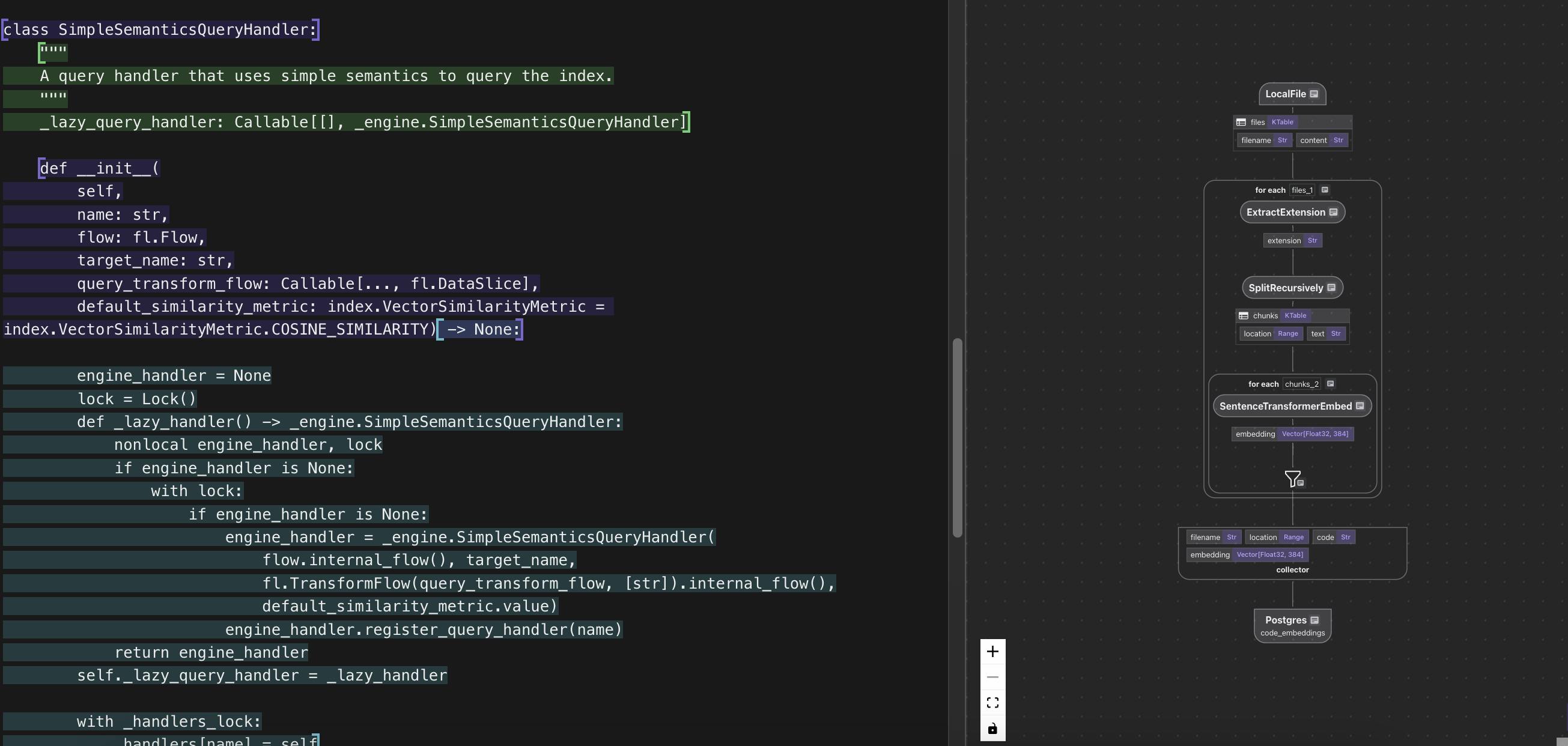Radical AI has announced the release of TorchSim, a next-generation atomistic simulation engine built natively in PyTorch and designed for the MLIP (machine-learned interatomic potentials) era. Positioned as a major technical shift in materials science, TorchSim promises to accelerate molecular simulations by orders of magnitude compared to traditional frameworks such as ASE (Atomic Simulation Environment) and DFT (Density Functional Theory).
TorchSim is open-source and designed to support modern materials workflows that leverage machine learning models like MACE, Fairchem, and SevenNet. It includes support for classical interaction potentials such as Lennard-Jones and Morse, as well as integration schemes like NVE, and NVT Langevin. The engine features automatic batching and GPU memory management, allowing simulations to run across multiple systems in parallel—effectively utilizing GPU hardware to its full potential.
The speed improvements are significant. According to internal benchmarks, TorchSim achieves up to 100x speedup over ASE when paired with popular MLIP models. On a single H100 GPU, users can simulate thousands of atoms simultaneously, depending on the chosen model. This performance boost is crucial for scaling up atomistic simulations in both academic and industrial contexts.
Source: TorchSim Github Repository
The architecture of TorchSim departs from traditional simulation tools by embracing a fully PyTorch-based implementation. This design choice allows seamless integration with the broader machine-learning ecosystem and opens up possibilities for differentiable simulations, elastic property prediction, and custom scientific workflows.
Early testers have praised the clarity and flexibility of the API. As Kohei Shinohara from Preferred Networks observed:
This package feels like the right way to do molecular dynamics and structure relaxation in the age of MLIP with GPU backends. Its API design is clean and well-organized, drawing inspiration from functional programming frameworks like JAX.
Orion Archer Cohen, a computational chemist and contributor to the project, noted:
TorchSim gets things right. No more split C++ and Python APIs, no more cython, no more harrowing file formats, and no more 5% GPU utilization. It rewrites the primitives of atomistic simulation in PyTorch, making it incredibly easy to learn, understand, and develop.
TorchSim supports integration with existing tools like ASE, Phonopy, and Pymatgen, and includes a high-level API that simplifies common simulation workflows. A new binary trajectory format with extensible property support makes it suitable for large-scale and high-throughput research.
TorchSim is now available under the MIT license and supports Python 3.11+. Developers and researchers can explore the project on GitHub, where source code, documentation, and sample workflows are maintained.










